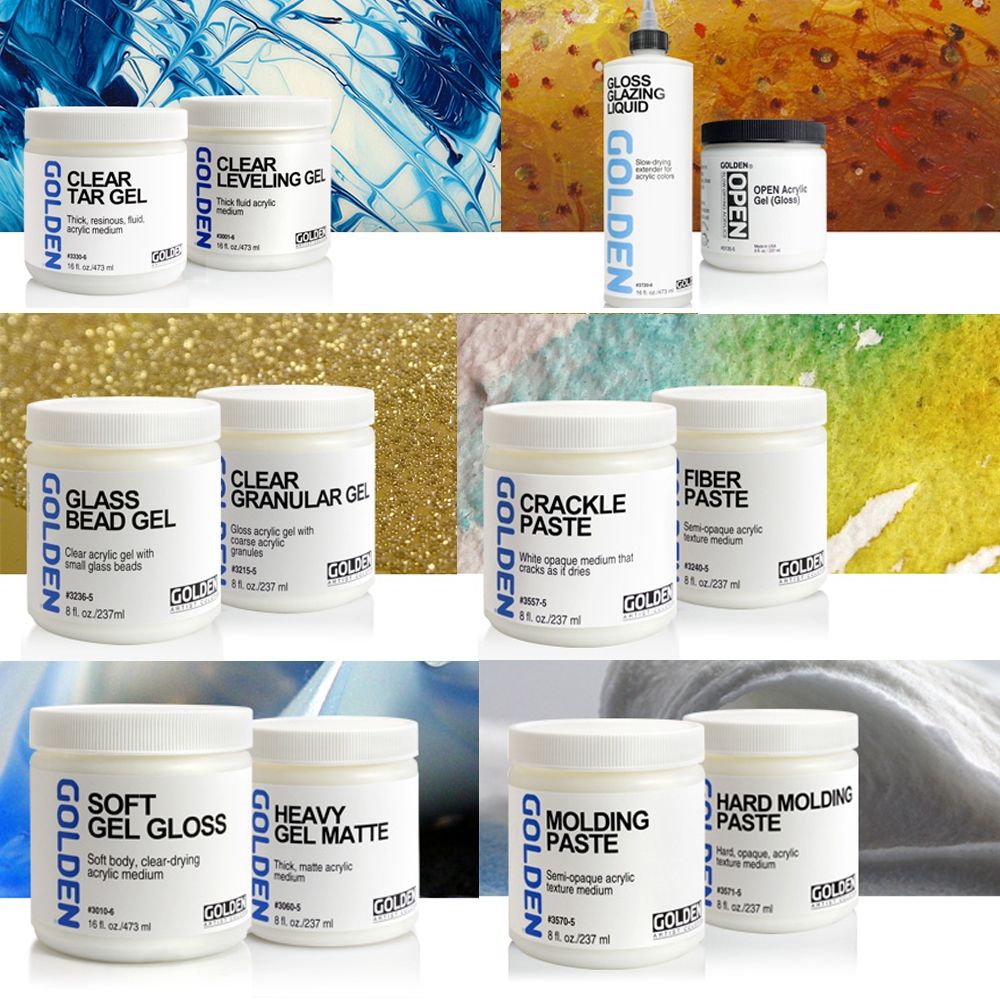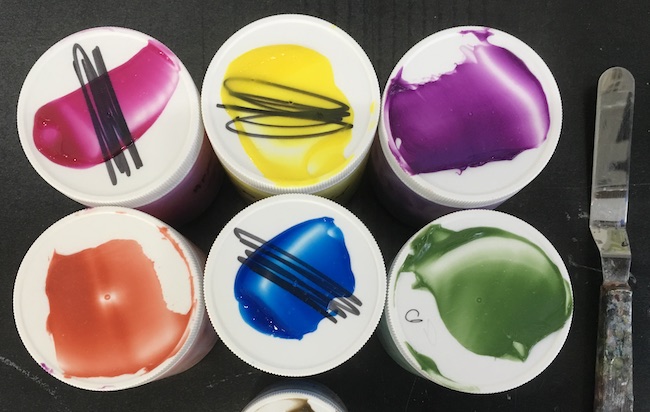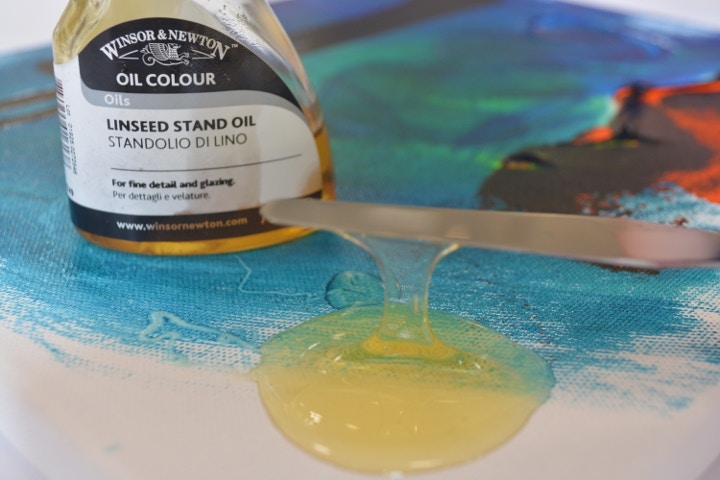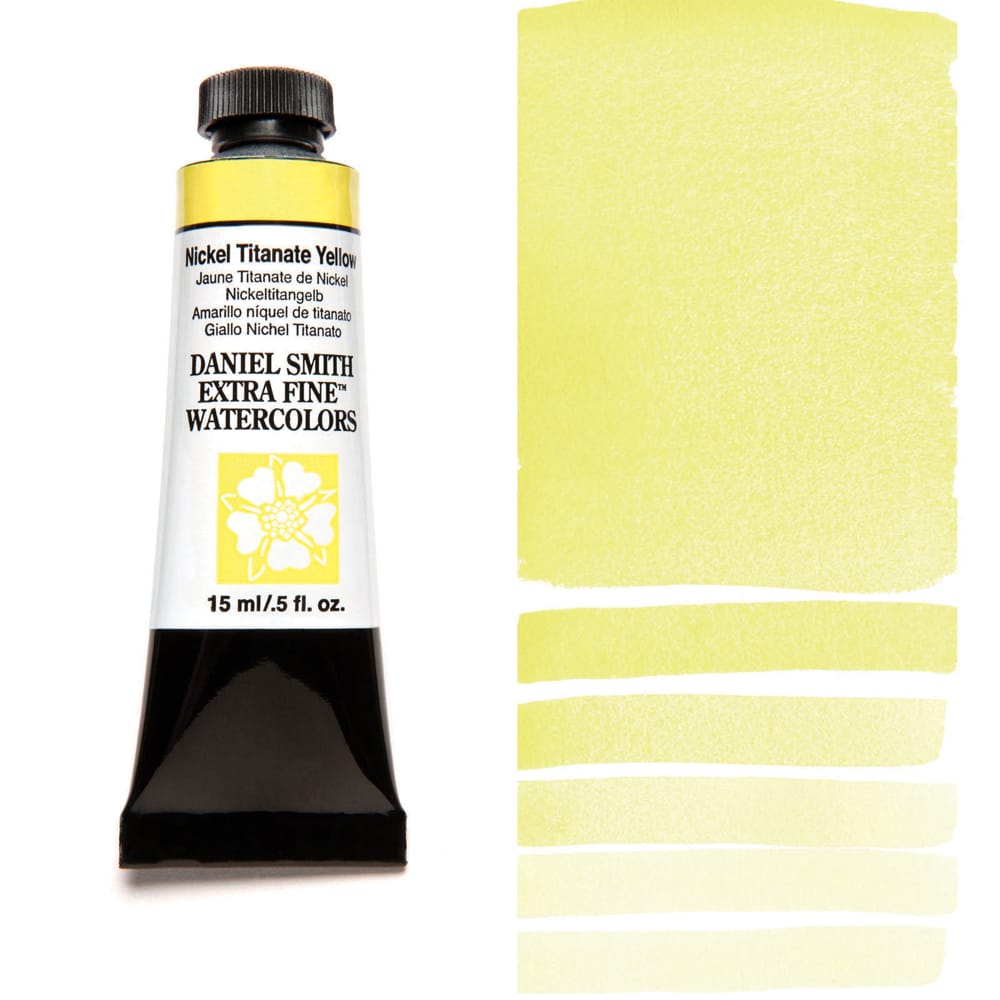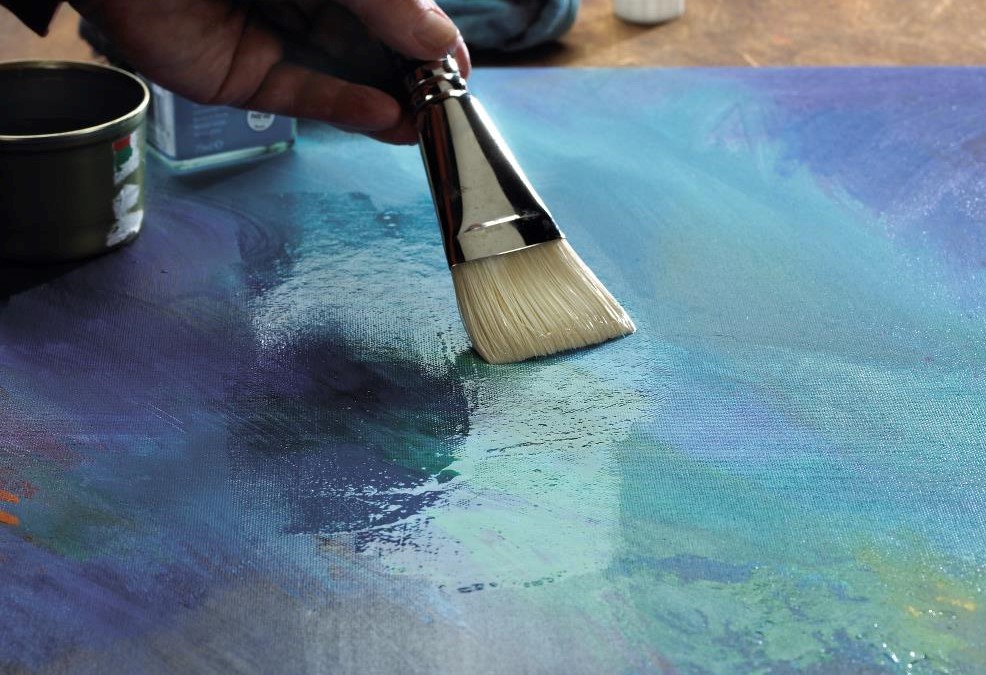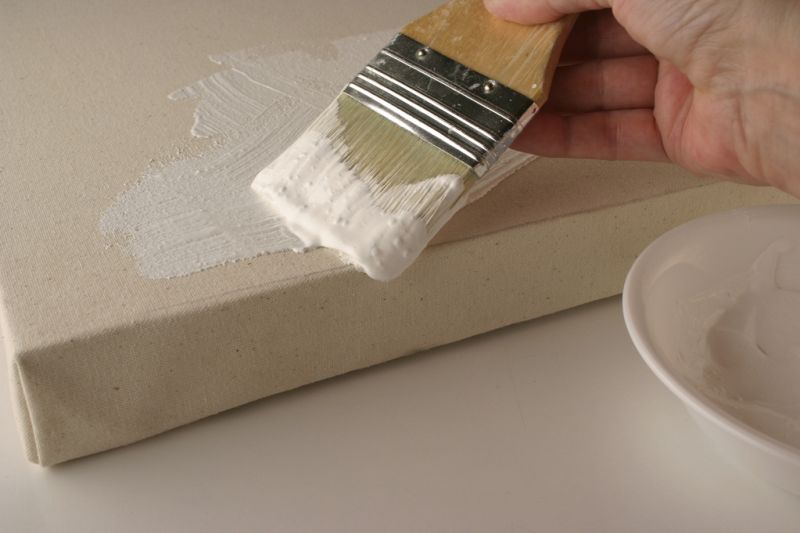Painting
Choose the paint that's right for you!
Acrylic Paints
We have a variety of acrylic paints ranging from creamy heavy-body consistency to a lower viscosity paint which can be used through a variety of tools such as airbrush, paint markers and dip pens.
Unlike oils, but just like watercolours, acrylic paints dry quickly and can be thinned and cleaned up with water and soap. Unlike watercolours, but just like oils, once dry an acrylic paint will stay dry.
Acrylic Mediums
Acrylic mediums are in essence, colourless paints. Even if you can add water into your acrylics, you shouldn't rely on it to dilute paints since it can compromise the adhesion and the properties of your acrylics
Made from a water-based acrylic polymer binder, without the pigment that make up paint. Mediums for acrylics, including gels, additives and effect pastes are available in a variety of textures and consistencies that can be combined with your paint to switch up the results you get.
This means you can have whatever qualities you desire for your acrylic painting: luminous glazes, gritty opaque structures, string effects, glassy areas and also, variable drying times. This expansive range gives rise to inspiring possibilities, that will allow you to do very unusual things.
You can use mediums in all manners of paintings, whether it's abstraction, realism or even collage. They have excellent adhesion properties, so you can even use it as a type of glue to adhere paper, canvas, fabric and different objects onto your paintings.
MATTE VS GLOSS FINISH:
Most acrylic binders are clear and glossy by nature, so in order to make semi-gloss, satin or matte mediums, matting solids are added to the formulation to make the binder more matte. Matting solids tend to add a hazy or whitish appearance and will dry translucent, not clear. Only gloss mediums have the ability to dry clear.
DIFFERENT TYPES OF MEDIUMS:
Fluid Mediums - Adding medium to acrylic paint not only extends the paint, but it also results in a fluid like consistency and it's useful for creating glazes. A glaze is a binder rich mixture typically having a very small amount of paint blended with a much larger amount of medium.
Gel Mediums - When a product is called a “Gel”, it is a thicker or more viscous product. Gels range from syrupy to very thick and from smooth to heavy texture. Gels are generally used as textures or to build texture or body into the acrylic paints. They can be translucent, opaque or somewhere between.
Pastes - When a product is called a “Paste”, it is normally a thick, textural material and more opaque when dry. It can be helpful to think of them as opaque gels. Pastes can build high textures and are often used as painting grounds.

Retarder - If you need a little bit more working time, a retarder is a substance that is used to slow the drying time of acrylic paints, giving more time for blending or layering highlights. The addition of Retarder should not exceed 15% of the total mixture. If too much Retarder is added, the film may never dry properly and remain sticky.
Oil Paints
Oil Mediums
Oil paint can be one of the most natural and safe materials used in the making of paintings but have, through misconception, been labeled as dangerous. Oil paint is made by grinding dry powdered pigment with linseed oil. Sometimes stabilizers, additives or driers will be used in small amounts so the paint dries in a reasonable amount of time, doesn’t separate in the tube and handles in a creamy, brushable manner. A basic rule of oil paint application is "fat over lean", meaning that each additional layer of paint should contain more oil than the layer below to allow proper drying.
Linseed Oil - The more oil binder is added to the tube color, the “fatter” that layer becomes. Subsequently, due to the potential of oils and mediums to yellow, wrinkle and dry more slowly, applications with oil added to the paint should be applied more thinly and in the upper layers of the work
Other Oils - Safflower oil, walnut or poppyseed oil are sometimes used in formulating lighter colours like white because they "yellow" less than linseed oil, but they have the slight drawback of drying more slowly and may not provide the strongest paint film. Linseed oil tends to dry yellow and can change the hue of the colour.
Solvents - Used in oil painting for various reasons including cleanup. In the first layers they are frequently meant to make the paint washier; often a necessary step in the painting process for some artists. With thinner and more fluid paint, one is able to sketch or conjure the gesture that breathes life into a blank canvas and informs the subsequent layers.
Painting Mediums - A convenient mixture that gives oil colours more flow and transparency. They are composed from multiple oil resins and solvents and each of these ingredient play a role in the balance. traditional painting medium contained damar varnish, turpentine and stand oil.
Newer mediums such as the Gamblin Solvent-Free Fluid are made from safflower oil and alkyd resin, it is non-toxic and contains no petroleum distillates. It has a moderately fast drying rate and increases gloss.
Cold Wax Medium - is made from naturally white, pure beeswax. Formulated to knife consistency, it makes oil colours thicker and more matte. It can be also applied alone as a matte varnish.
Stand Oil - Thicker than linseed oil. It creates a tough paint film without the yellowing tendencies of refined linseed oil. Stand oil causes oil colours to flow out as they dry, minimizing brush strokes.
Watercolours
Watercolour painting is the process of painting with pigments suspended in a water-based solution. They are mixed with water and almost exclusively applied on paper surfaces. Of all the painting processes, watercolour painting is known for its softer, delicate and subtle looks because it's all about thin washes and transparent colours.
Watercolour paper is often made entirely or partially with cotton.This gives the surface the appropriate texture and minimizes distortion when wet. Watercolour papers are usually cold-pressed papers that provide better texture and appearance with a weight/thickness of at least 140lbs/300 gsm.
For more information on watercolour papers; please visit Surfaces for painting
Watercolour Mediums
Gum Arabic - When added to your mixed paint, it will act as an extender; it makes the paint more viscous, so it behaves like a glaze. The paint sits on the surface of the paper instead of soaking in and takes longer to dry, allowing more time to blend and manipulate your colours.
Masking Fluid - A liquid latex-based product that is very effective at keeping small areas and thin lines white when painting on watercolour paper. The rubber prevents the paint from reaching the paper and is peeled off to expose the white paper left untouched. Be careful not to apply with a bristle brush, since it may be extremely difficult to clean,
Iridescent Medium - Achieve pearlescent or glitter effects in watercolours. It's particularly effective when mixed with transparent colours especially over dark backgrounds. Mix with transparent watercolour or apply over a dried wash.
Granulation Medium - Basically separates the pigment from the water in watercolour paints. It gives a mottled appearance to colours that normally have a smooth wash, or it can enhance the effect of granulating colours.
Ox Gall - Ox gall is used in watercolour as a wetting agent, dispersant, or surfactant, generally to improve flow and/or aid in wetting your paper.
Grounds & Varnishes
Gessoes - If you plan to use oil or acrylic paints on any absorbent surface, you should apply gesso before doing so. Gesso gives tooth and an appropriate level of absorbency to all types painting surface, whether be canvas, wood, paper, board.
PVA Sizes - Can be used on its own as your ground without the use of a white or coloured primer over the size. This can be used when a painter wants to allow the natural colour and look of the canvas or paper to show through in parts of their oil painting.
Absorbent Grounds - Applied over
Acrylic Varnish - The varnish will protect the painting from dust, UV rays and yellowing. When you choose a Gloss finish, it adds a layer of shine, bringing out the vibrancy of the colours.
Oil Varnish - Same as above, it protects your artwork and keeps away dust and dirt. Applying varnish to an oil painting helps to combat the uneven drying of paint layers. Because some oil paint pigments contain more oil than others, they may dry more glossy in some area more than others. Darker colour specifically tend to dry and lose their original luster.
Spray Varnish - Protects and fixes paint or drawing mediums on surfaces like canvas, paper, wood and board. Spray varnishes work well for fragile surfaces that could be disrupted by a brush or for paintings with a rough or impasto texture where brushes could cause foam or bubbles to form.




